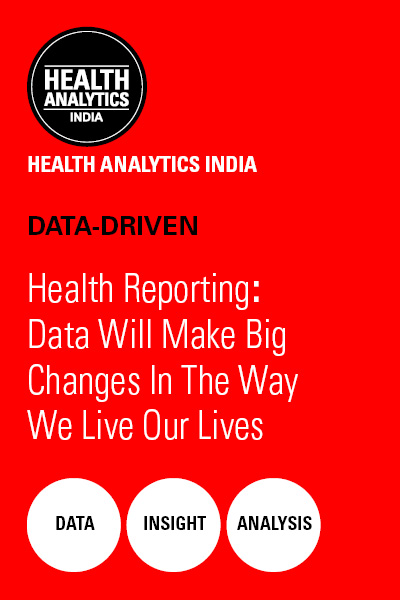Aarti Dhar / December 7, 2015
Insufficient funding for tuberculosis (TB) research has put on hold good ideas and energy of individuals and those dedicated to end this oldest known infectious disease that claims millions of lives and impacts million others annually.
Ten years of data collected by Treatment Action Group (TAG) show that research and development (R &D) funding are serious and chronic. The modest gains in TB research funding from 2005 and 2009 have stagnated in the five years and total funding for TB R&D has never exceeded $ 700 million per year. Throughout 2005-2014 period, over half odd TB research funding has come from public institutions, with a significant decline in industry investment and little growth or increased diversity in philanthropic support. This trend continued in 2014, when funding for TB research totaled $ 674 million, 62 per cent of it from public agencies.
TAG has tracked global spending on TB research since 2005, measuring actual funding levels against the targets set forth in the Stop TB Partnership’s Global Plan to Stop TB. The situation in 2014 looked much as it was in 2009 when funding for TB research crossed $500 million mark for the first time, reaching $636.9 million—a jump of 29 per cent from $494.6 million spent in 2008, The sizeable increase came from a single source (United States of America) responding to an emergency (global financial crisis) with exception measures.
The World Health Organisation’s End TB Strategy has set an ambitious goal of eliminating TB by 2035 by reducing TB deaths by 95 per cent and new cases of TB by 90 per cent compared with 2015 levels. The Stop TB Partnership’s revised Global Plan to Stop TB, 2016-2020 maps out what the global community must do within the next five years to eliminate TB.
The specific mention of TB with HIV and malaria in Sustainable Development Goals (SDGs)—3 offers hope that the most lethal pathogenic killer in human history will finally garner the political attention it deserves. In the Millennium Development Goals (MDGs) which come to an end this year, TB was relegated to the catchall category of ``other diseases’’ and not named alongside HIV and Malaria.
In 2005, a total of $358.4 million were spent on TB research and development which increased to $418.9 in the following year –a jump over approximately 16 per cent. The investment in 2007 was $478.3 and $494.5 million in 2008, an increase of 3.39 per cent from 2007 and 37.97 from 2005. In 2009, the money spent on TB research was $ 636.9 million which went up to $643.6 Million in 2010 indicating a jump of 79.47 per cent over 2005. Investment on R&D in TB was the highest in 2013 when it touched the $686.3 million which further dropped to $674 million in 2014. In 2011, the world spent about $675.3 million on TB research but slumped to $638.7 million in the following year.
The world needs approximately $1.3 billion to be spent on research annually to end TB. ``There is renewed momentum and vigor to tackle the TB problem from all angles—be it basic scientific research, clinical research, or operational research, all of which need to be sustained,’’ said Rebecca Tadokera, senior researcher at the Treatment Action plan.
India’s contribution to total global research and development was $9 million in 2014 which was less than one per cent of the country’s GDP, according to the latest TAG report. India ranks 19th in the list of 24 major contributors in global R&D while it ranks 9th in its expenditure on TB research though it has the highest burden of disease in the world.
Aarti Dhar is a freelance journalist, specialising in social sector reporting, she has formerly worked as a Deputy Editor at The Hindu.


.jpg)